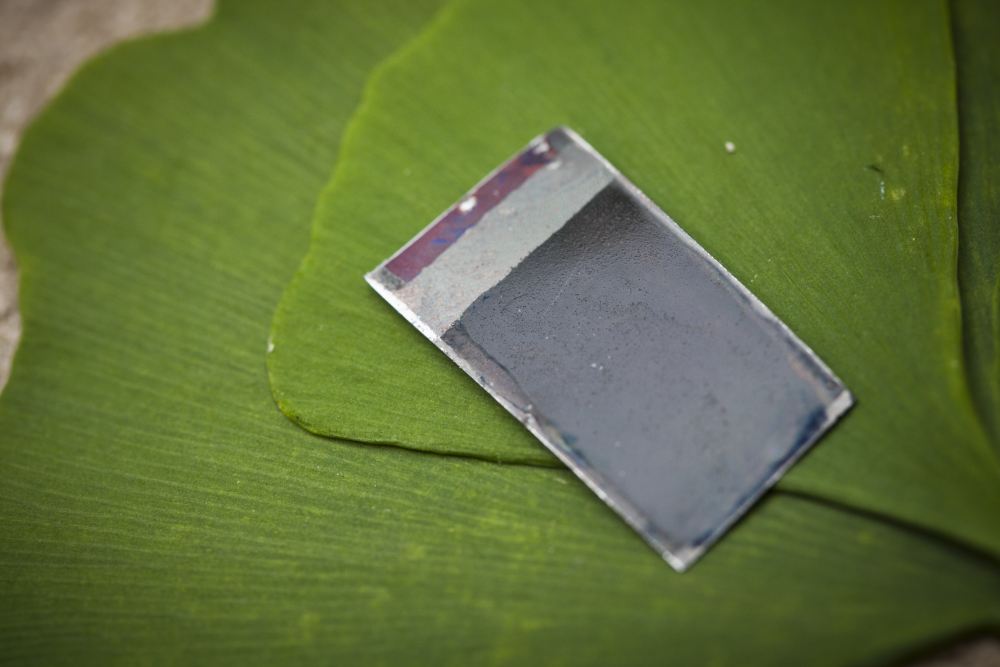Improving on photosynthesis has long been a dream for scientists. The so-called artificial leaf – which wouldn't necessarily look like one – would run on only solar energy and CO2, just like a normal leaf. But unlike a real leaf, an artificial leaf could be made far more efficient at collecting solar energy, and would turn that energy into electricity.
With their new 'bionanodevice', researchers at the University of Michigan have moved one step closer to that goal. Splicing together proteins from cynobacteria, Synechococcus, and Clostridium with nano-scale wire, they have created a frankenstein device that is more efficient at photosynthesis than any of the bacteria on their own. Their research joins recent efforts at MIT, where scientists have developed a 'leaf' that produces hydrogen from water and sunlight.
Fake leaves producing real energy are still a way off, since producing nanodevices cheap and tough enough for mass production will prove difficult. Even though these devices are double the efficiency of natural leaves, they still only convert 4 to 5% of solar energy into useable electricity. Artificial photosynthesis may have to triple the efficiency of actual plants in order to compete with more conventional means of producing electricity.
Image of MIT artificial leaf via Geek.com

Share your thoughts and join the technology debate!
Be the first to comment